How to measure water temperature without thermometer
Today we talk about How to measure water temperature without thermometer.
Have you ever found yourself eager to brew the perfect cup of tea, only to realize there’s no thermometer in sight? I’ve often been in this situation, standing in my kitchen, wondering if the water is just right for my delicate green tea or robust black tea. The right water temperature can significantly impact the flavor and aroma of the beverage, making it crucial to get it just right. Here¡¯s how I’ve learned to measure water temperature without a thermometer using specific methods and techniques!
1. Think About the Tea Type
Different types of tea require different water temperatures to achieve optimal flavors. For instance, I always keep these critical numbers in mind when deciding how to measure water temperature without a thermometer:
- White Tea: 160-185¡ãF (71-85¡ãC)
- Green Tea: 175-185¡ãF (80-85¡ãC)
- Oolong Tea: 190-200¡ãF (88-93¡ãC)
- Black Tea: 200-212¡ãF (93-100¡ãC)
Understanding the specific tea temperature ensures that I maximize the flavor potential of my favorite brews, helping me experience the richness of each type.
2. Look at the Bubbles
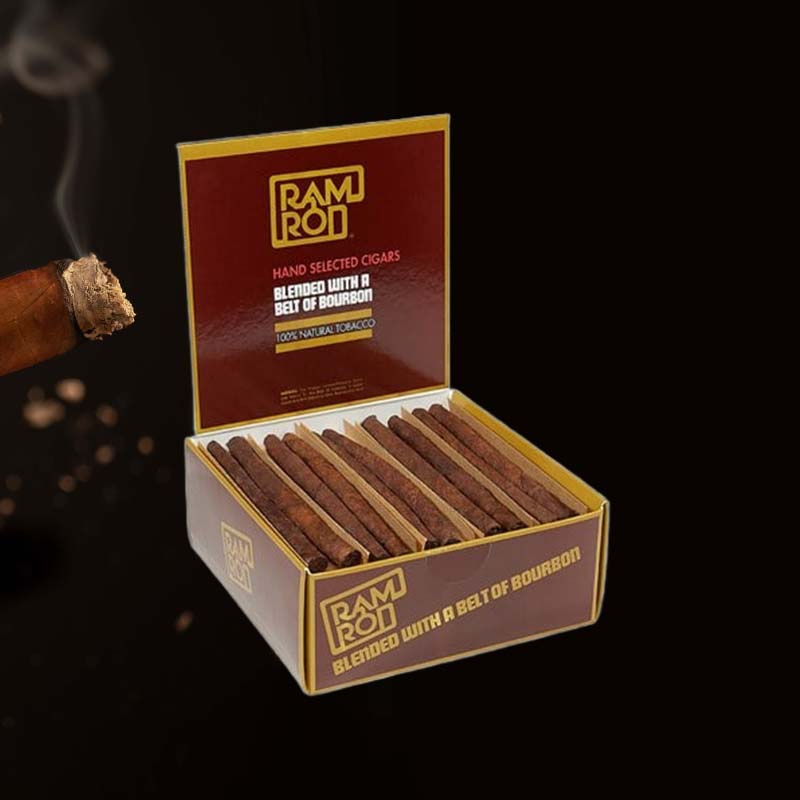
When heating water, keeping an eye on the bubbles can provide practical insights into its temperature. Here¡¯s how I interpret what I see:
- At around 160¡ãF (71¡ãC), small bubbles start to appear at the bottom of the kettle.
- By 185¡ãF (85¡ãC), I observe small bubbles rising continuously.
- At 212¡ãF (100¡ãC), the water reaches a rolling boil, which I see and hear with prolonged agitation.
Using this visual cue helps me determine when the water is ready for different tea types without needing a thermometer!
3. Listen to the Sound of the Boil
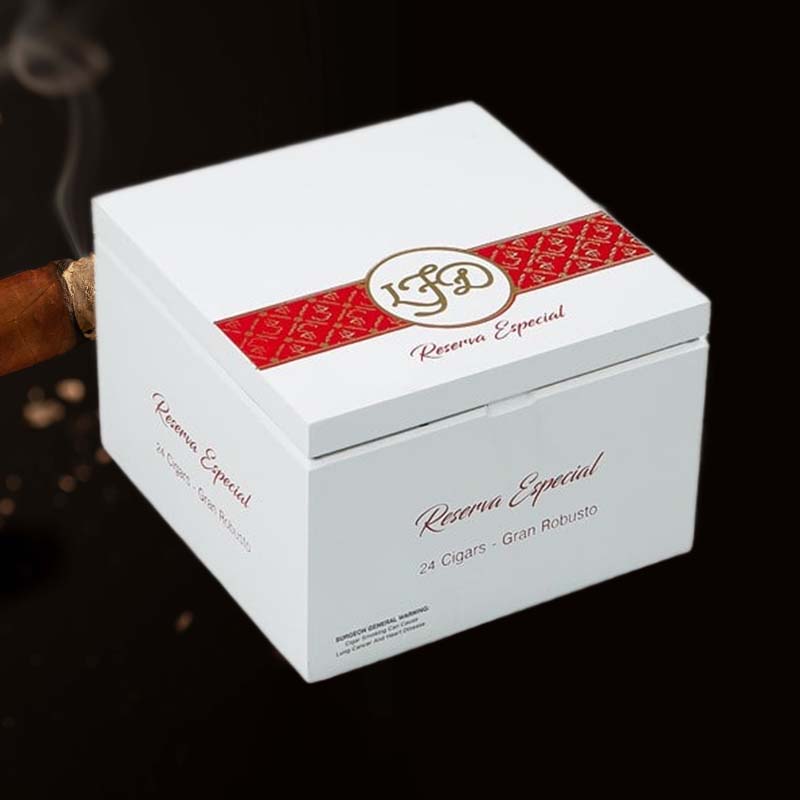
One of my favorite methods is tuning into the sounds during heating. Here¡¯s what I¡¯ve learned:
- A gentle hissing indicates water around 160¡ãF (71¡ãC) is nearing readiness for white and green teas.
- As the sounds become more vigorous, it indicates the temperature has climbed closer to 200¡ãF (93¡ãC) or higher, perfect for black tea.
This auditory cue is not only effective but also adds a unique sensory dimension to my cooking routine.
4. Let It Cool
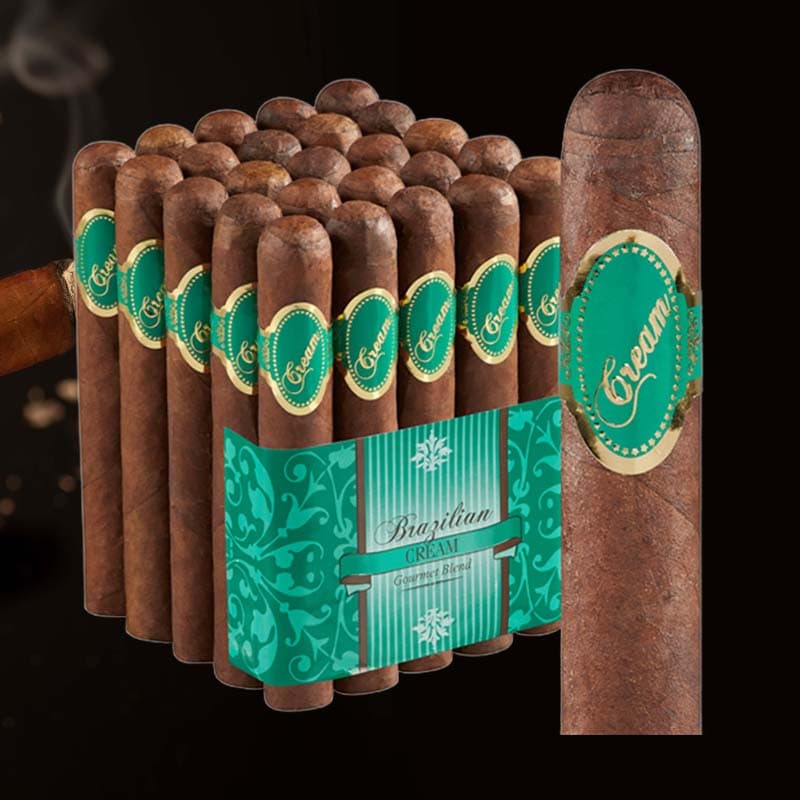
If I accidentally bring the water to a rolling boil, I wait and let it cool down. Here¡¯s a useful timeline I follow:
- After 5 minutes, boiling water can cool to about 200¡ãF (93¡ãC).
- After 10 minutes, I expect it to drop further to approximately 175¡ãF (80¡ãC).
By employing this method, I can control the temperature without needing an actual thermometer, ensuring my tea is brewed perfectly.
5. Use Your Hand
This method involves a bit of caution. I hover my hand above the steam to gauge the temperature. Here¡¯s my approach:
- If the steam feels warm but not uncomfortable, I estimate the water is around 150-160¡ãF (65-71¡ãC).
- However, I ensure to maintain a safe distance to prevent burns.
This intuitive method can be surprisingly effective, but safety must always come first.
6. The Finger Test
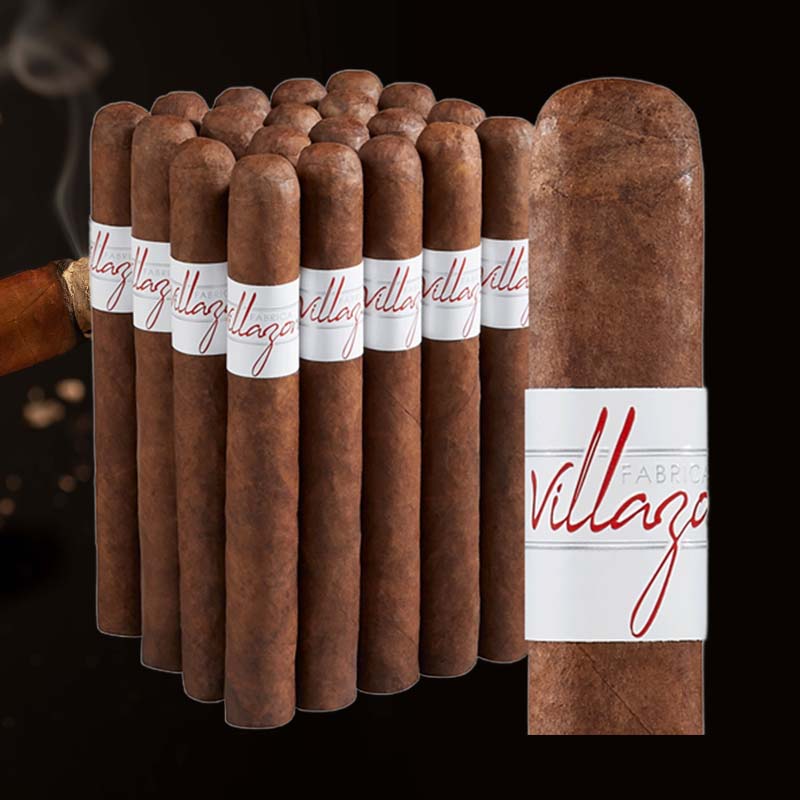
When I¡¯m in a pinch and want a quick assessment, I use the finger test:
- I carefully and briefly dip my finger into the water.
- If it feels hot but tolerable, I’m likely in the 130-150¡ãF (54-65¡ãC) range.
This, of course, requires cautious handling to avoid burns!
7. Ice Cube Method
Another creative solution I like to use is the ice cube method:
- I drop an ice cube into the warm water.
- If the ice melts quickly, the water is hot enough; if it remains largely unchanged, the water is probably cool.
This method can be particularly handy during summer BBQs when a thermometer might not be handy!
8. Styrofoam Cup Method
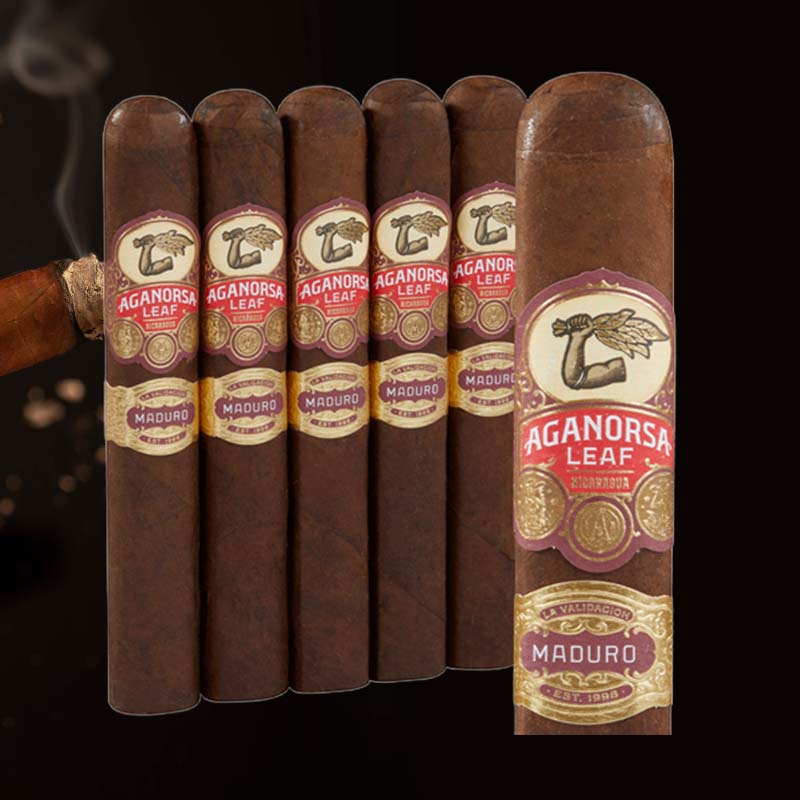
Using a Styrofoam cup to gauge temperature adds another layer of practicality:
- Poured hot water into the cup, I touch the exterior to feel its warmth.
- If it feels uncomfortable to touch, I seek temperatures over 160¡ãF (71¡ãC).
This is a quick, straightforward way to estimate temperature by tactile sensation.
9. The Boil Point of Water
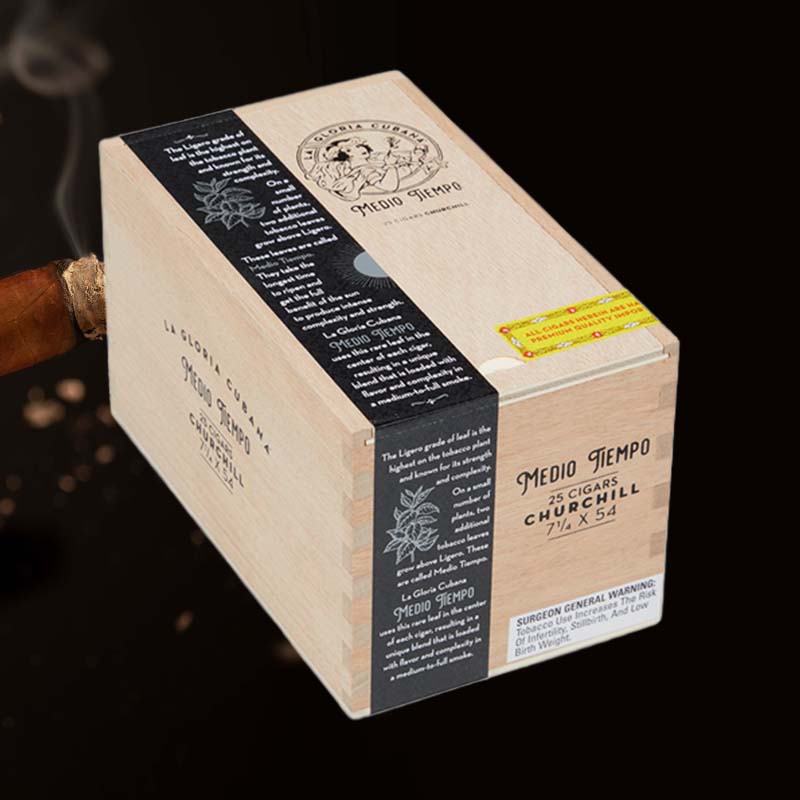
Understanding that water boils at 212¡ãF (100¡ãC) at sea level is crucial. However, I’m cautious of elevation adjustments:
- For every 500 feet above sea level, the boiling point decreases by about 1¡ãF (0.5¡ãC), affecting my measurements.
It¡¯s fascinating how altitude can truly impact cooking, and keeping this in mind helps me adapt my methods.
10. Conductive Materials
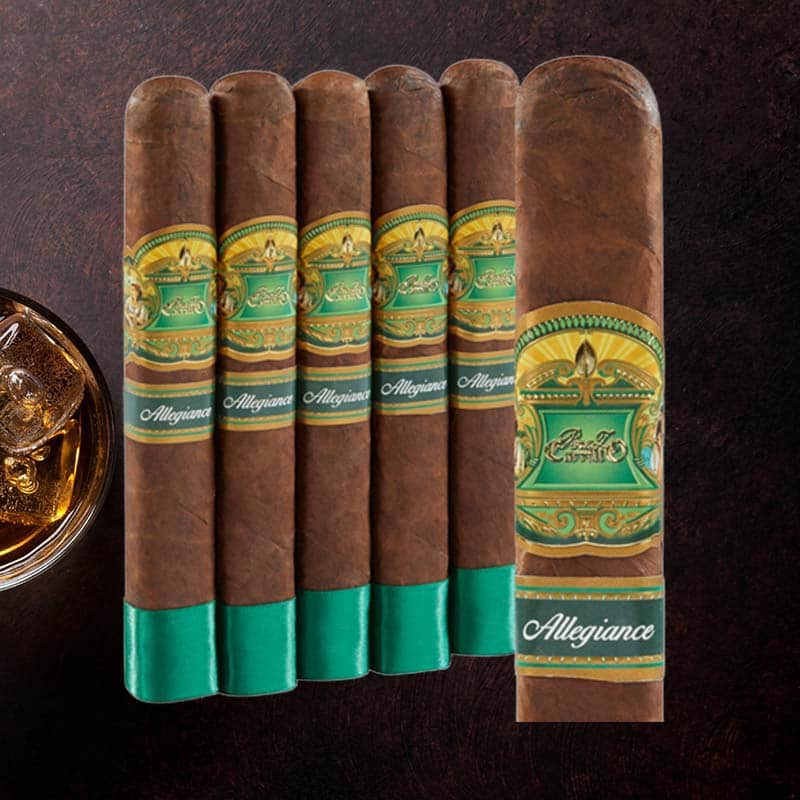
I sometimes utilize metal tools to check the temperature:
- I keep a stainless-steel spoon on hand. After immersing it briefly and then touching it, I can gauge how hot the water is based on how warm the spoon feels.
This method provides immediate feedback on the water¡¯s temperature¡ªespecially useful in a busy kitchen!
11. Boiling Point Adjustments for Elevation
When exploring different environments, I always remember to adjust for elevation. Here¡¯s a summary:
- In cities with elevations of 1,000 feet, for example, water boils at around 210¡ãF (99¡ãC) instead of 212¡ãF (100¡ãC).
This knowledge is invaluable, ensuring I don¡¯t compromise my culinary delights while cooking in varying altitudes.
12. Color Indicators
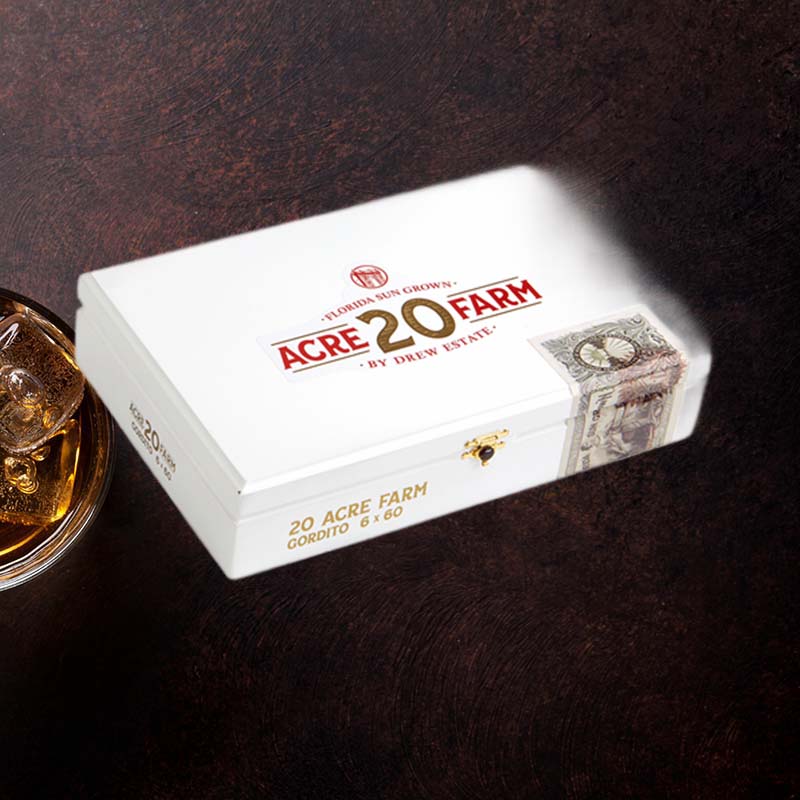
Some modern kettles use color indicators to signify temperature. I appreciate these visual cues:
- A blue light might indicate a lower temperature, while a red or orange hue might signal boiling point.
This technology helps me visualize temperature changes and make informed decisions about my water temperature without using a thermometer.
13. Water Temperature for Different Uses
The right water temperature is vital for various tasks. Here¡¯s my go-to reference:
- Cooking pasta commonly requires boiling water around 212¡ãF (100¡ãC).
- For baking bread, water ideally needs to be in the range of 110¡ãF (43¡ãC).
- Bathing a baby should consider water around 100¡ãF (38¡ãC) for comfort and safety.
Understanding these temperature requirements has improved my overall kitchen efficiency!
14. Safety Considerations
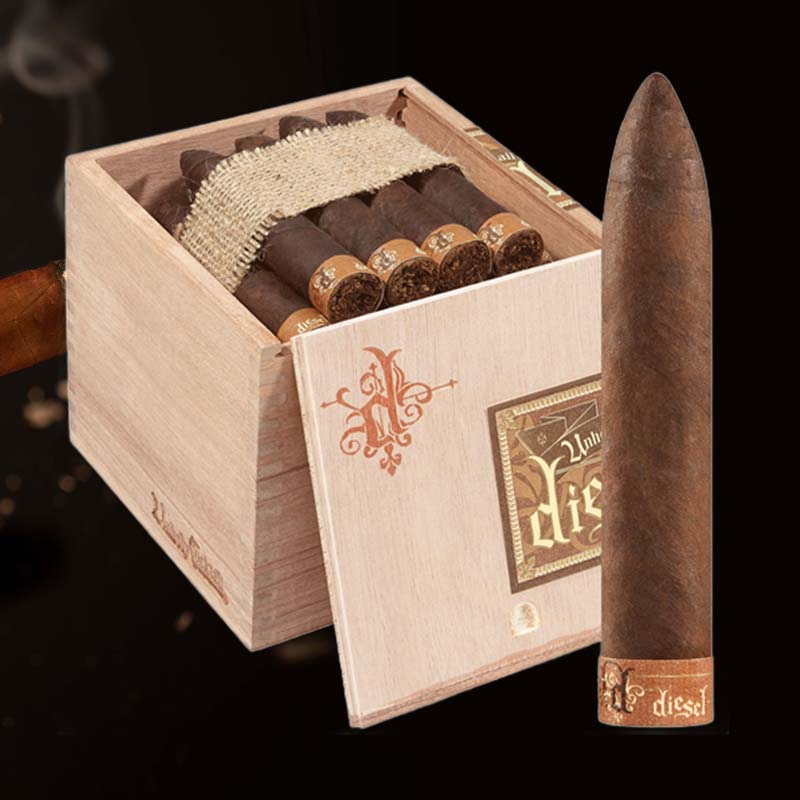
Above all, safety is paramount. I employ methods like the finger test and my hand observations with complete caution in mind. Always stay aware of boiling water¡¯s hazards and test temperatures smartly!
15. Conclusion
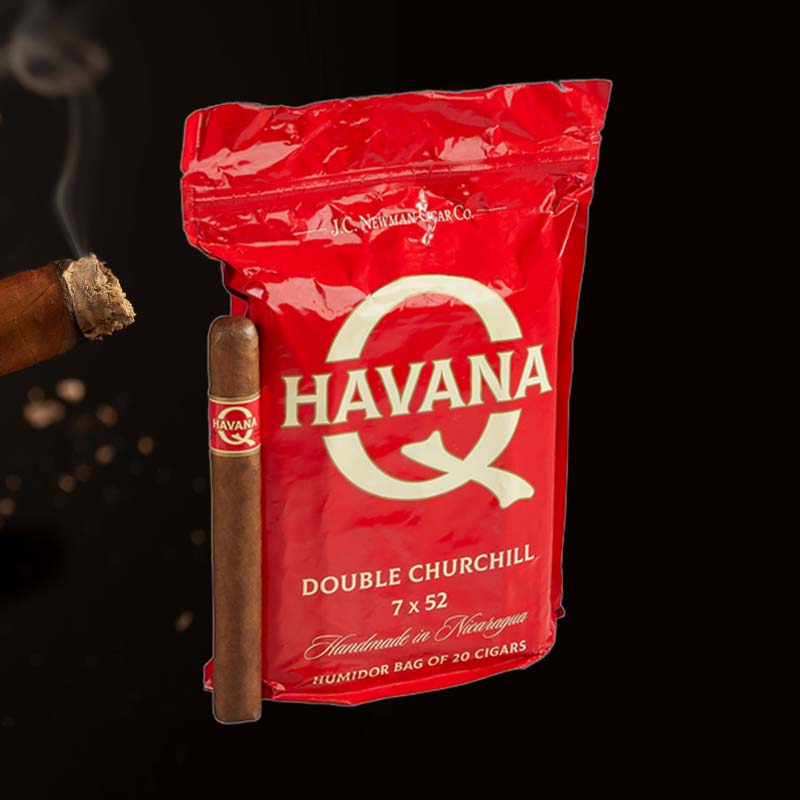
While I may not always have a thermometer handy, my creativity and intuition aid me in measuring water temperature perfectly! By paying attention to my brewing needs, utilizing sensory cues, and understanding the demands of different tea types and cooking methods, I ensure that every beverage I prepare is a delightful experience.
FAQ
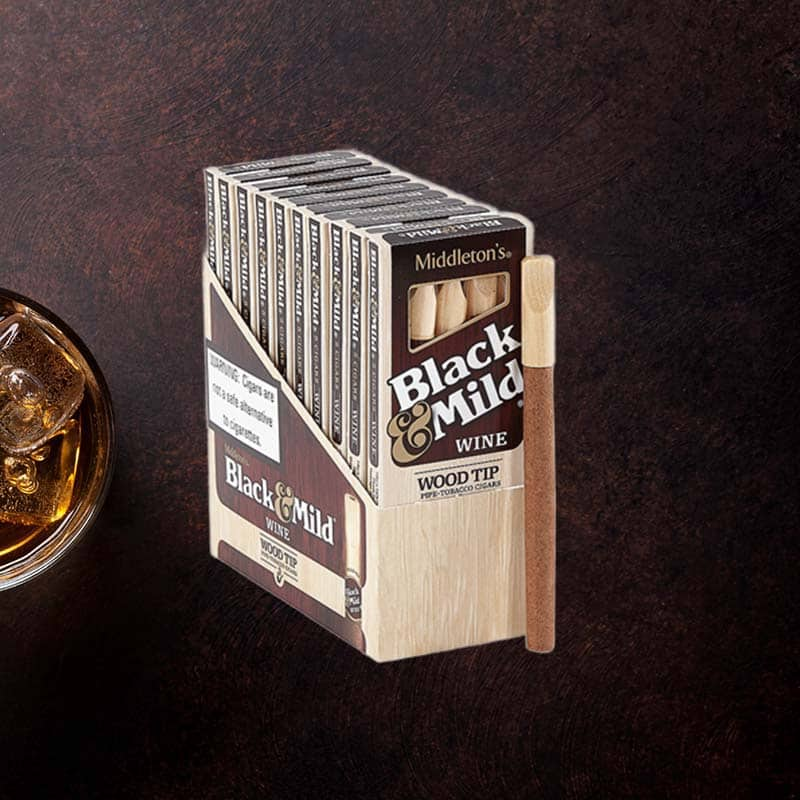
How can I check water temperature without a thermometer?
You can check water temperature without a thermometer by observing bubbles, listening to boiling sounds, or conducting quick tests like the finger test or ice cube method. These methods enable practical assessment based on visual and sensory clues.
How can I measure the temperature of my water?
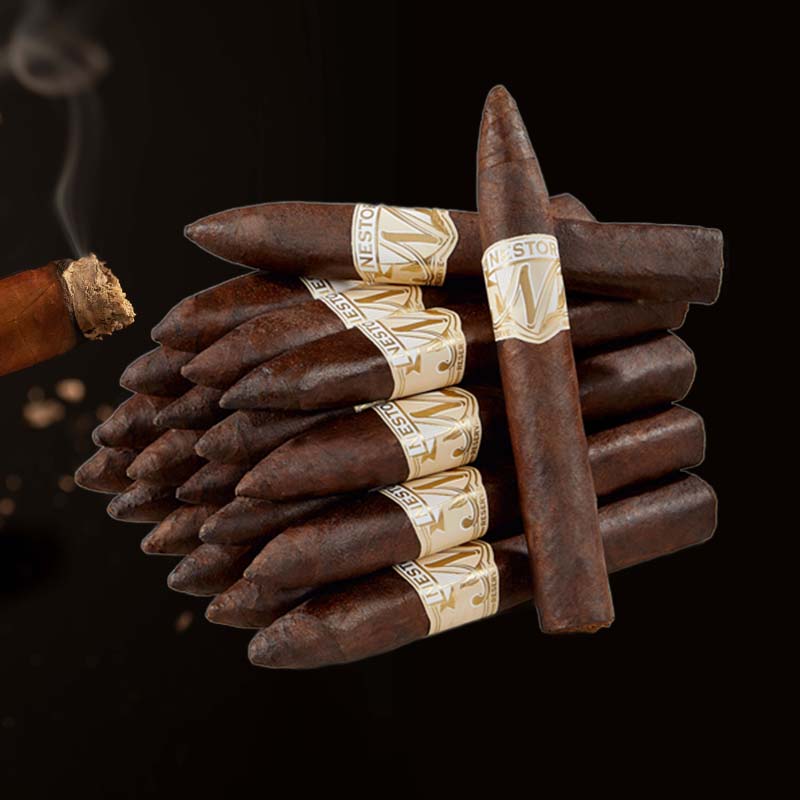
You can measure the temperature of your water without a thermometer by using visual cues, listening to the boiling sounds, and employing methods such as the ice cube method or capping it with conductive materials like metal spoons for effective feedback.
Is there a way to measure temperature without a thermometer?
Definitely! I often use various methods to measure water temperature without a thermometer, such as observing bubbles, relying on boiling sounds, conducting the finger test, and employing the ice cube method for practical assessment.
Is there an app to measure water temp?
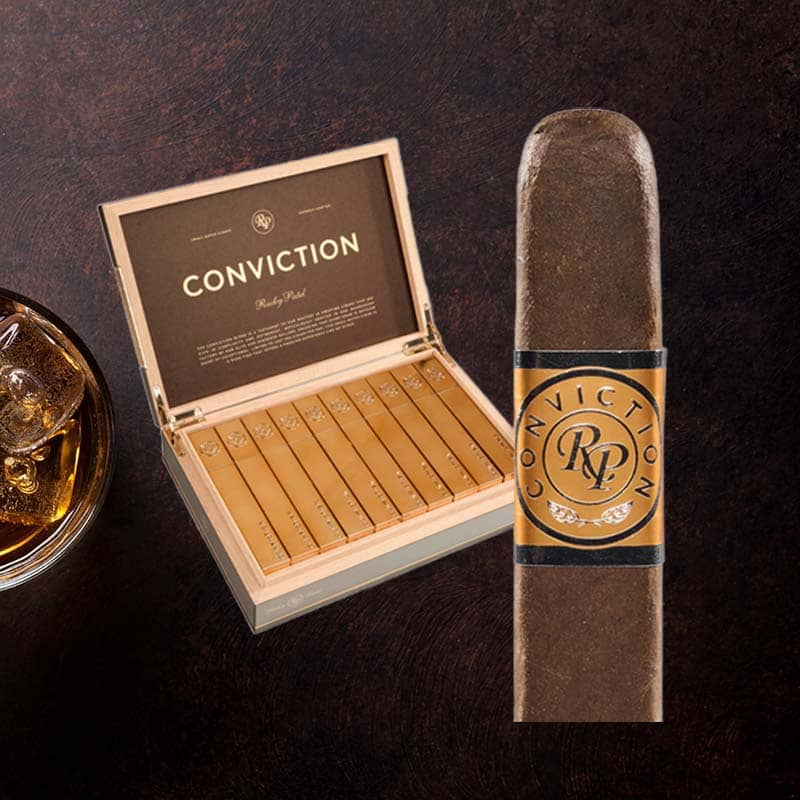
Though there are apps for measurement, they typically require additional sensors. However, the methods I’ve discussed for measuring water temperature without a thermometer suffice for practical use in the kitchen!
